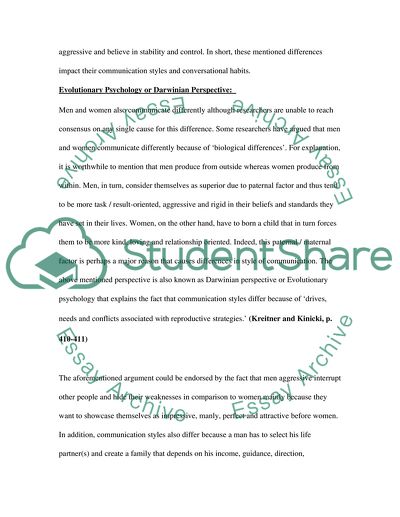Cite this document
(“Why Men and Women Communicate Differently Research Paper”, n.d.)
Why Men and Women Communicate Differently Research Paper. Retrieved from https://studentshare.org/journalism-communication/1739212-how-do-men-and-women-communicate-differently
Why Men and Women Communicate Differently Research Paper. Retrieved from https://studentshare.org/journalism-communication/1739212-how-do-men-and-women-communicate-differently
(Why Men and Women Communicate Differently Research Paper)
Why Men and Women Communicate Differently Research Paper. https://studentshare.org/journalism-communication/1739212-how-do-men-and-women-communicate-differently.
Why Men and Women Communicate Differently Research Paper. https://studentshare.org/journalism-communication/1739212-how-do-men-and-women-communicate-differently.
“Why Men and Women Communicate Differently Research Paper”, n.d. https://studentshare.org/journalism-communication/1739212-how-do-men-and-women-communicate-differently.


